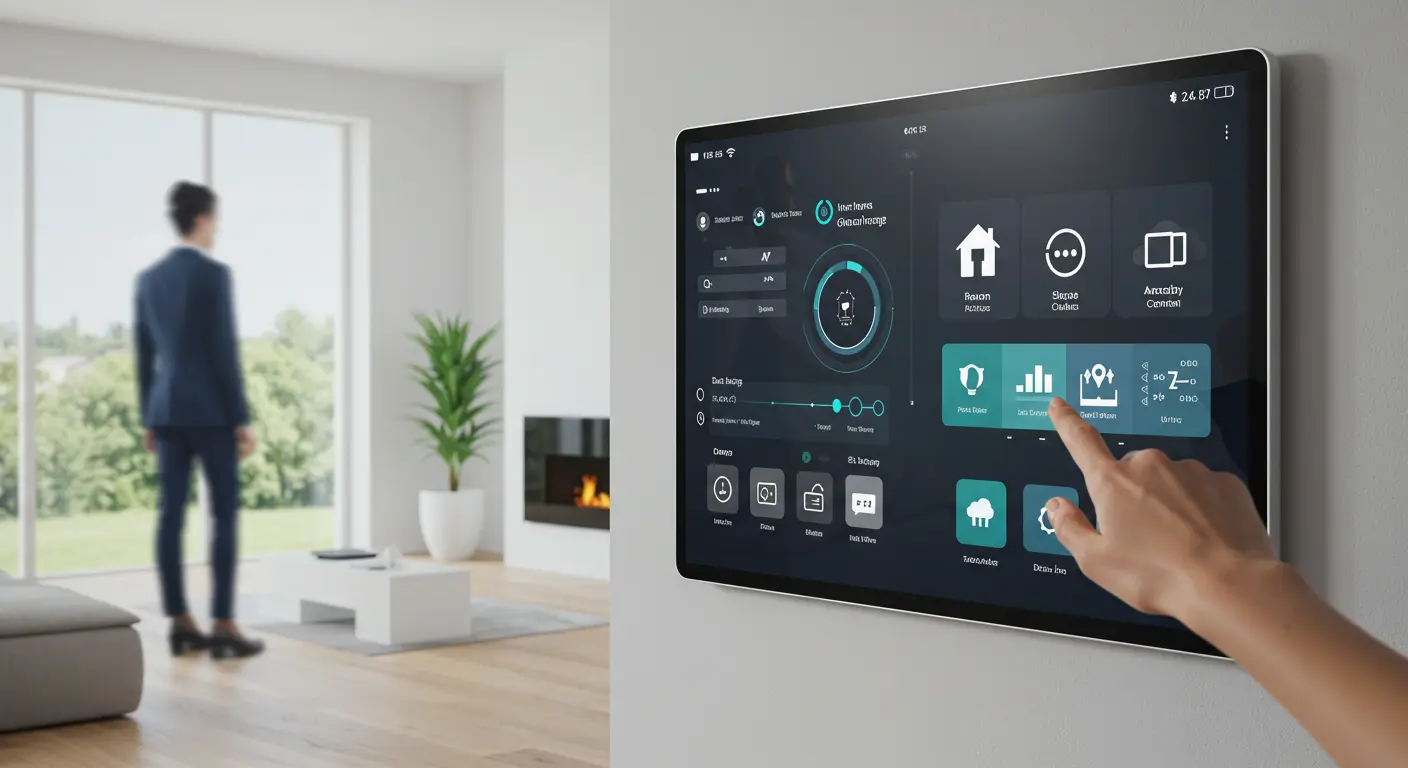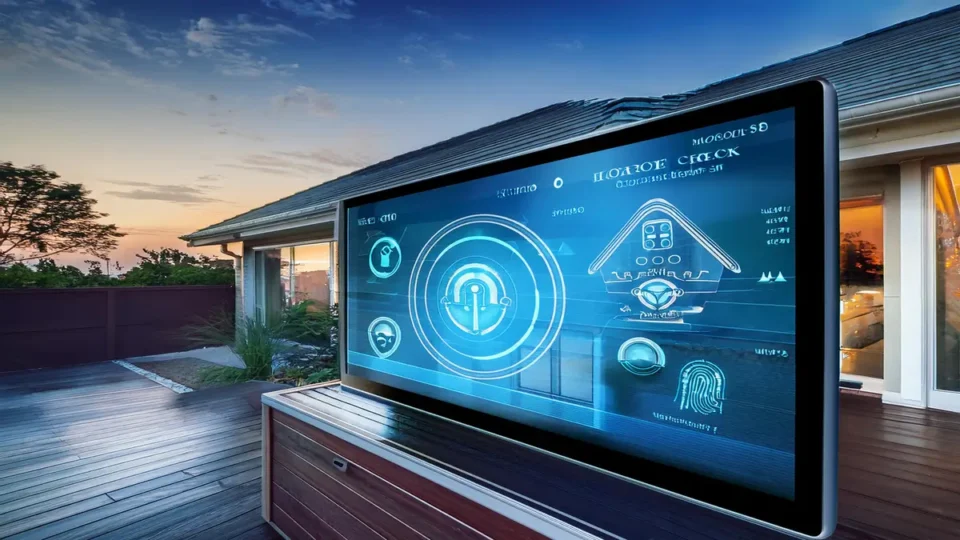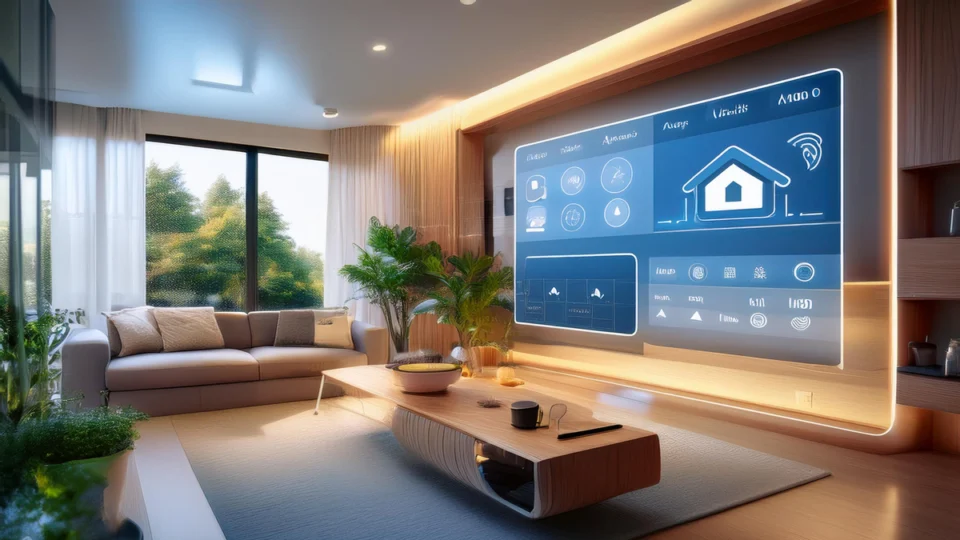Introduction
For over a decade, I’ve witnessed the evolution of smart home ecosystems from clunky, disjointed systems to the seamless, hyper-connected environments we enjoy today. At the heart of this transformation lies Home Assistant (HA), an open-source platform that empowers users to unify devices, automate workflows, and visualize data. But even HA’s default interface has limitations. That’s where a Custom Home Assistant Dashboard becomes indispensable.
At Domotix Labs, we specialize in building home assistant dashboards that transcend the ordinary, merging technical precision with user-centric design. Below, I’ll dissect the top 5 benefits of investing in a custom dashboard, complete with technical insights, real-world use cases, and advanced strategies to elevate your smart home experience.
Personalized User Experience: Beyond One-Size-Fits-All
Technical Insight:
Home Assistant’s default Lovelace UI is powerful but generic. A custom dashboard tailors every pixel to your lifestyle, leveraging YAML configurations, custom cards, and CSS theming to create a cohesive interface.
Key Technical Advantages:
Dynamic Conditional Cards: Use Jinja2 templating to display UI elements contextually.
Example:
type: conditional
conditions:
- entity: binary_sensor.morning_routine
state: 'on'
card:
type: glance
entities:
- light.kitchen_lights
- switch.coffee_machine
- Responsive Grid Design: Optimize layouts for mobile, tablet, and desktop using
layout-cardormasonry-viewplugins. - Role-Based Access: Implement
restriction cardsto hide sensitive controls (e.g., security cameras) from guest users.
Why It Matters:
A cluttered interface leads to decision fatigue. By stripping away irrelevant controls and surfacing priority actions (e.g., “Good Morning” scenes), you reduce cognitive load and enhance usability.
Streamlined Automation Efficiency
Technical Insight:
A custom home assistant dashboard acts as a centralized command center, integrating automations directly into the UI. This eliminates the need to juggle between the HA app, Node-RED, and third-party tools.
Advanced Strategies:
- Visual Automation Triggers: Embed buttons with
tap_actiontriggers to execute scripts or scenes.
Example:
type: button
tap_action:
action: call-service
service: script.start_movie_mode- Real-Time Automation Debugging: Display
input_booleantoggles to activate/debug automations on the fly. - Energy Automation Dashboards: Visualize solar production, grid usage, and battery thresholds with
apexcharts-cardfor data-driven decisions.
Real-World Use Case:
A client’s dashboard included a “Vacation Mode” button that activated automations to randomize lights, monitor energy leaks, and arm Frigate NVR cameras—all with a single tap.
Scalability for Complex Ecosystems
Technical Insight:
As your smart home grows (Zigbee, Z-Wave, Wi-Fi, Matter), a default dashboard becomes unwieldy. Custom dashboards use modular design principles to scale effortlessly.
Technical Implementation:
- Vertical Stacking with Tabs: Organize devices by room or function using
vertical-stack-in-cardandcustom:button-card. - MQTT-Driven Dynamic Updates: Use MQTT topics to refresh dashboard elements when new devices are added.
- Custom Integrations: Embed third-party tools like TileBoard or Dwains Dashboard for enterprise-grade scalability.
Why It Matters:
A poorly scaled dashboard leads to lag and inefficiency. By compartmentalizing controls (e.g., HVAC on Tab 1, Security on Tab 2), you maintain performance and usability.
Advanced Data Visualization
Technical Insight:
Raw data is meaningless without context. Custom dashboards transform HA’s API endpoints into actionable insights using data visualization frameworks.
Tools & Techniques:
- Historical Trend Analysis: Use
mini-graph-cardto plot sensor data (e.g., temperature fluctuations). - 3D Floor Plan Integration: Render interactive 3D models with
floorplan-cardto control devices spatially. - Energy Cost Projections: Combine
utility_meterwithbar-cardto forecast monthly bills.
Example:
A custom dashboard for a solar-powered home displayed:
- Real-time energy flow (
power-wheel-card). - Battery SOC (State of Charge) with
gauge-card. - ROI calculations based on historical solar yield.
Professional-Grade Security & Privacy
Technical Insight:
Default dashboards often expose unnecessary entities. Custom builds adhere to the principle of least privilege, minimizing attack surfaces.
Technical Safeguards:
- SSL/TLS Encryption: Serve dashboards over HTTPS using reverse proxies (NGINX, Traefik).
- Two-Factor Authentication (2FA): Integrate with Auth0 or Cloudflare Access for secure logins.
- Local-Only Control: Isolate critical automations (e.g., door locks) from cloud dependencies.
Case Study:
For a high-net-worth client, we designed a dashboard with:
- Role-based access tiers (admin, family, guests).
- Frigate NVR camera feeds masked with
picture-glance-carduntil authentication. - End-to-end encrypted voice controls via Rhasspy.
Conclusion
A custom Home Assistant dashboard isn’t a luxury—it’s a necessity for anyone serious about smart home automation. At Domotix Labs, we combine 10+ years of HA expertise with cutting-edge tools to deliver home assistant dashboards that are as functional as they are beautiful.



